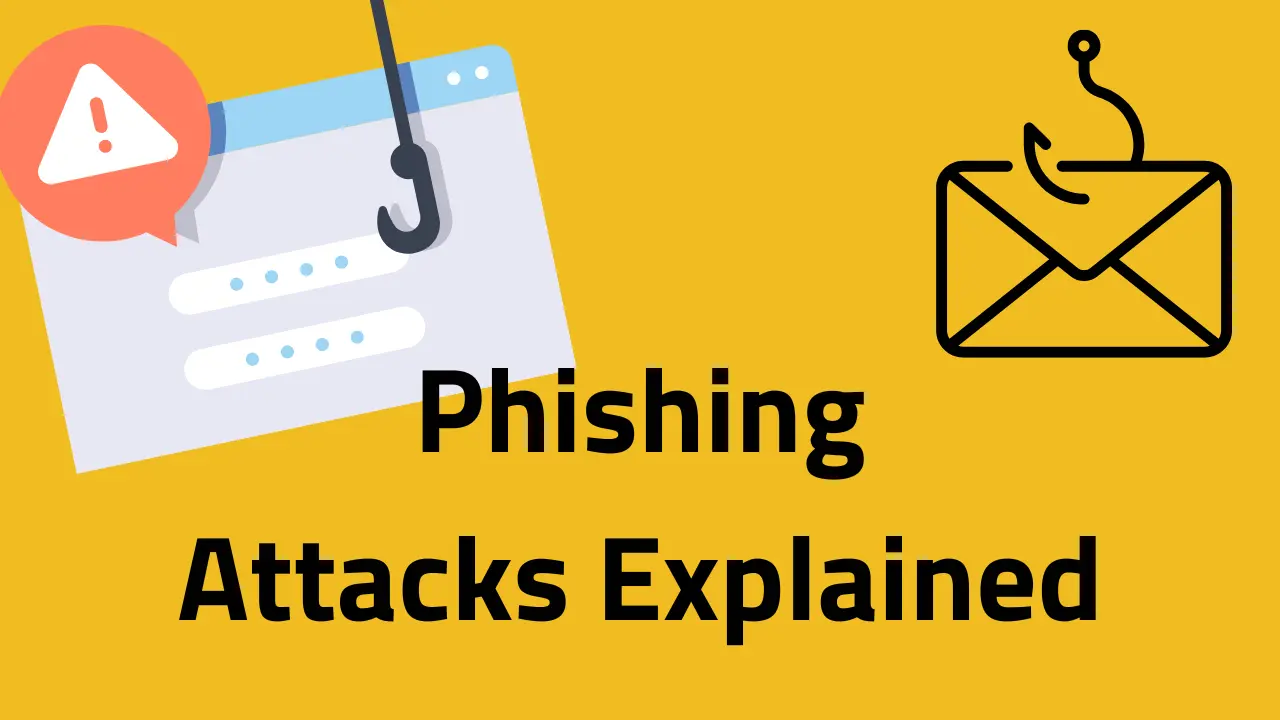
A phishing attack is a type of social engineering attack that uses fraudulent emails or websites to trick users into revealing sensitive information, such as login credentials, credit card numbers, or Social Security numbers. Phishing attacks are one of the most common types of cybercrime, and they can have a devastating impact on individuals and businesses.
What is a phishing attack and how do they work?
Phishing attacks typically start with an email that appears to be from a legitimate source, such as a bank, credit card company, or government agency. The email may contain a link to a fraudulent website that looks identical to the real website, or it may ask the user to enter their login credentials or other sensitive information directly into the email. Once the user clicks on the link or enters their information, the attacker can then steal their credentials or other sensitive information.
What are the different types of phishing attacks?
There are many different types of phishing attacks, but some of the most common include:
- Email phishing attacks: These are the most common type of phishing attack. They involve sending fraudulent emails that appear to be from a legitimate source.
- Website phishing attacks: These attacks involve creating fraudulent websites that look identical to the real websites. When users visit these websites, they are tricked into entering their login credentials or other sensitive information.
- Text message phishing attacks: These attacks involve sending fraudulent text messages that appear to be from a legitimate source. When users click on the links in these messages, they are taken to fraudulent websites or asked to enter their login credentials or other sensitive information.
- Voice phishing attacks: These attacks involve calling users and pretending to be from a legitimate source. When users are tricked into providing their login credentials or other sensitive information, the attacker can then steal it.
How can you protect yourself from phishing attacks?
There are a number of things you can do to protect yourself from phishing attacks, including:
- Be suspicious of unsolicited emails and text messages. If you receive an email or text message from someone you don’t know, or if the email or text message looks suspicious, don’t click on any links or open any attachments.
- Be careful about what information you share online. Only share your login credentials and other sensitive information with websites and organizations that you trust.
- Use strong passwords and two-factor authentication. Strong passwords and two-factor authentication can make it more difficult for attackers to steal your login credentials.
- Keep your software up to date. Software updates often include security patches that can help protect you from phishing attacks.
- Be aware of the latest phishing scams. There are a number of resources available that can help you stay up-to-date on the latest phishing scams.
By following these tips, you can help protect yourself from phishing attacks and keep your personal information safe.
